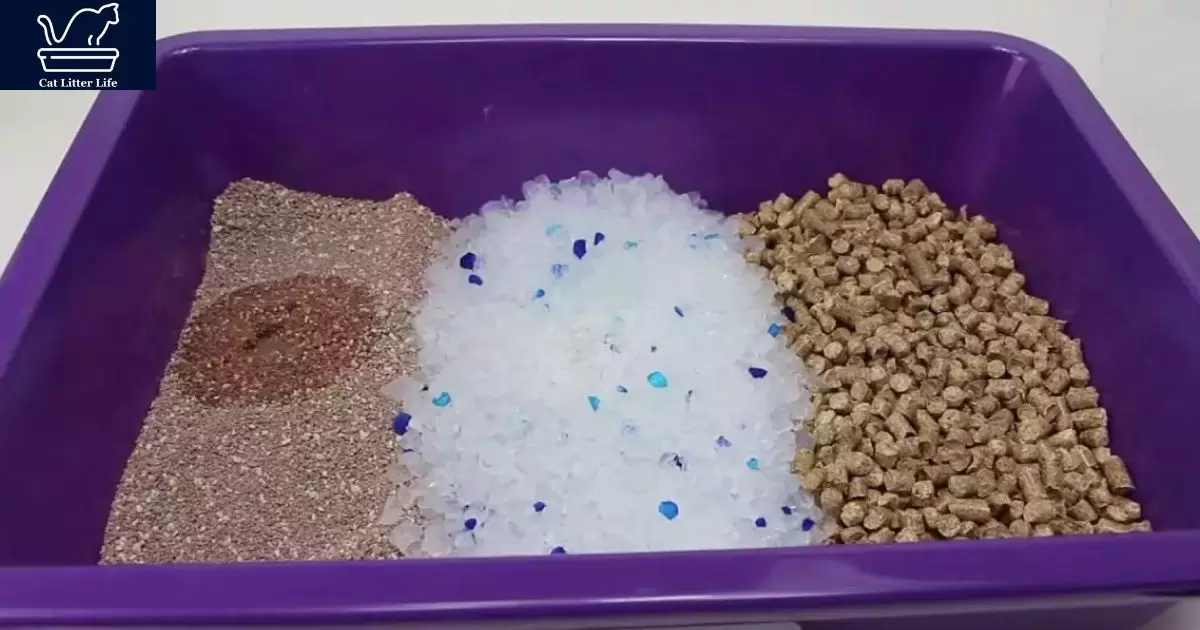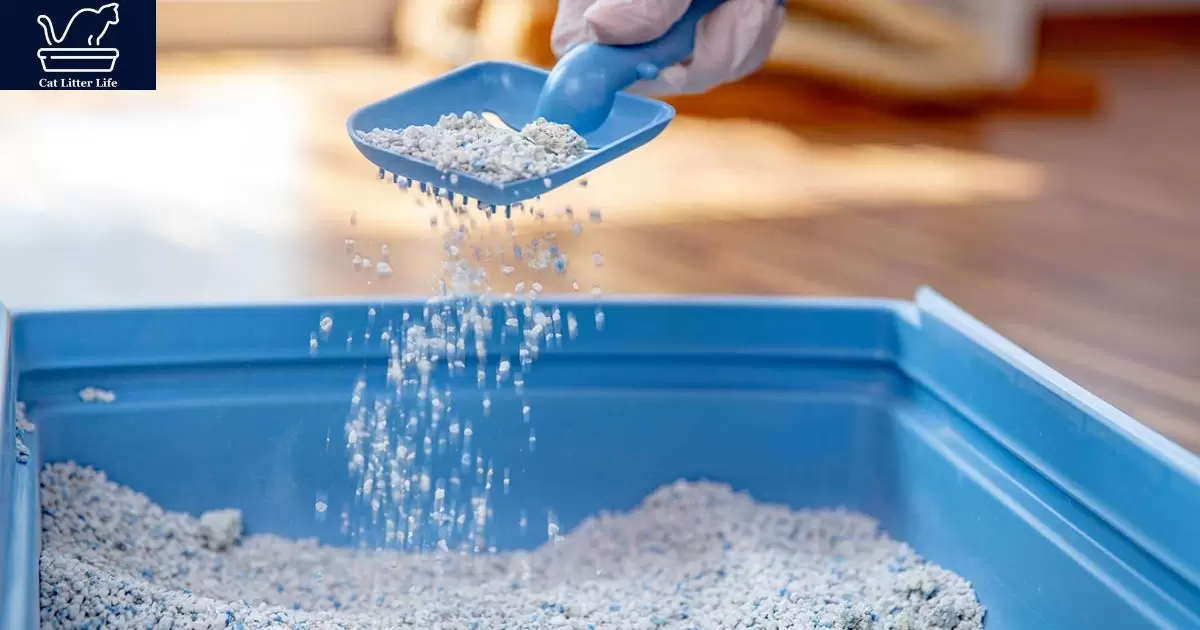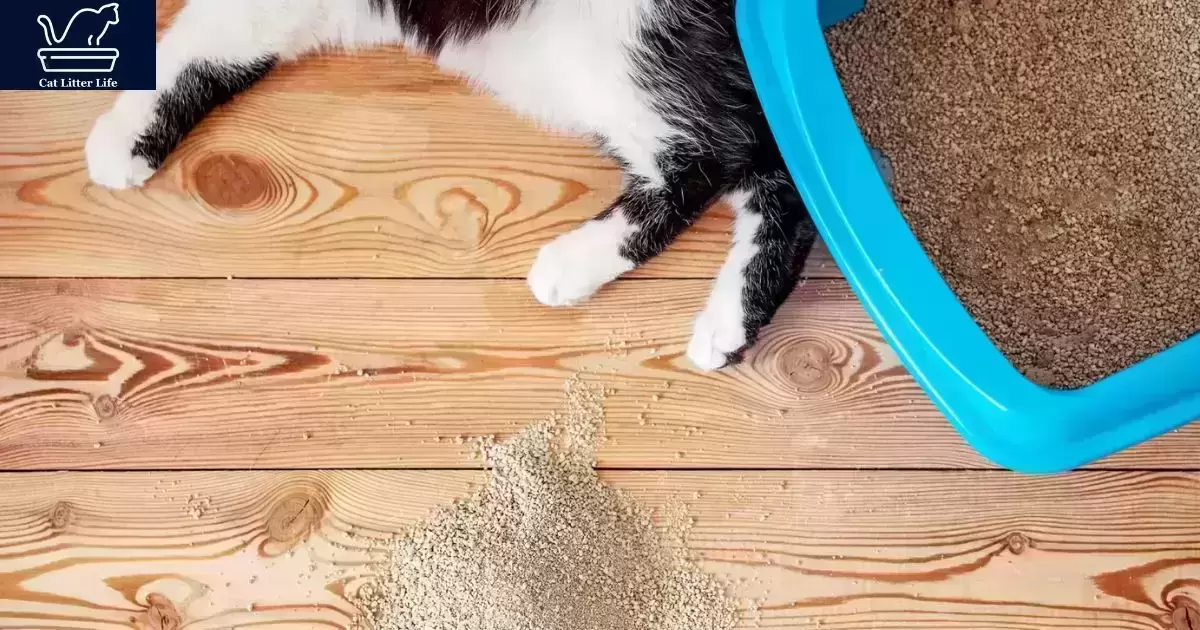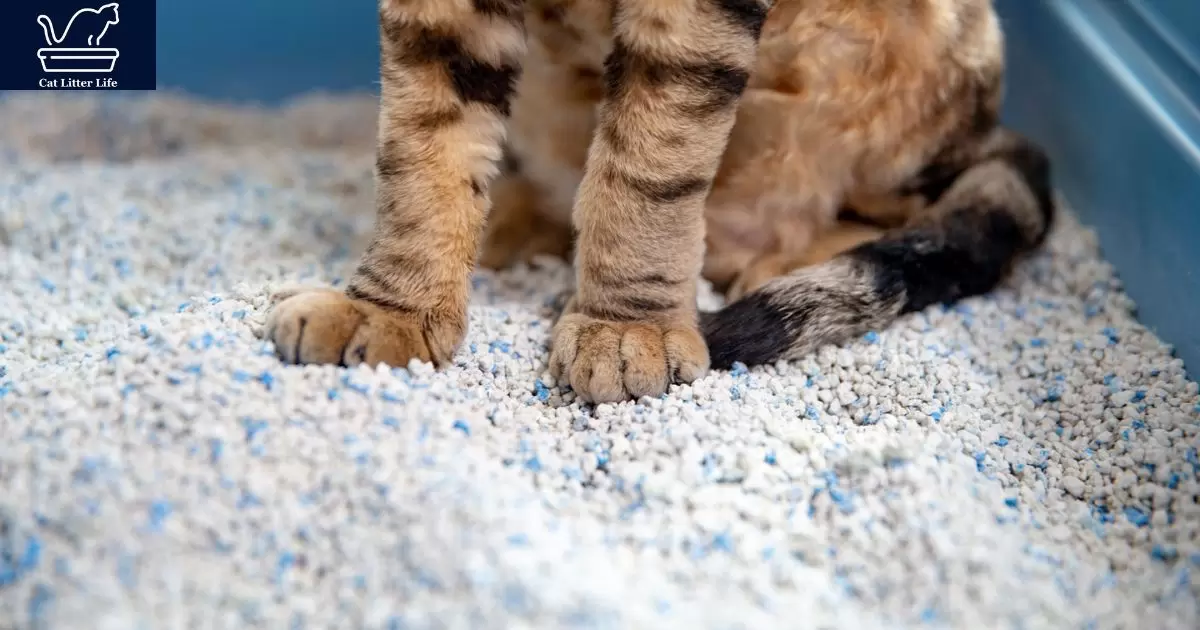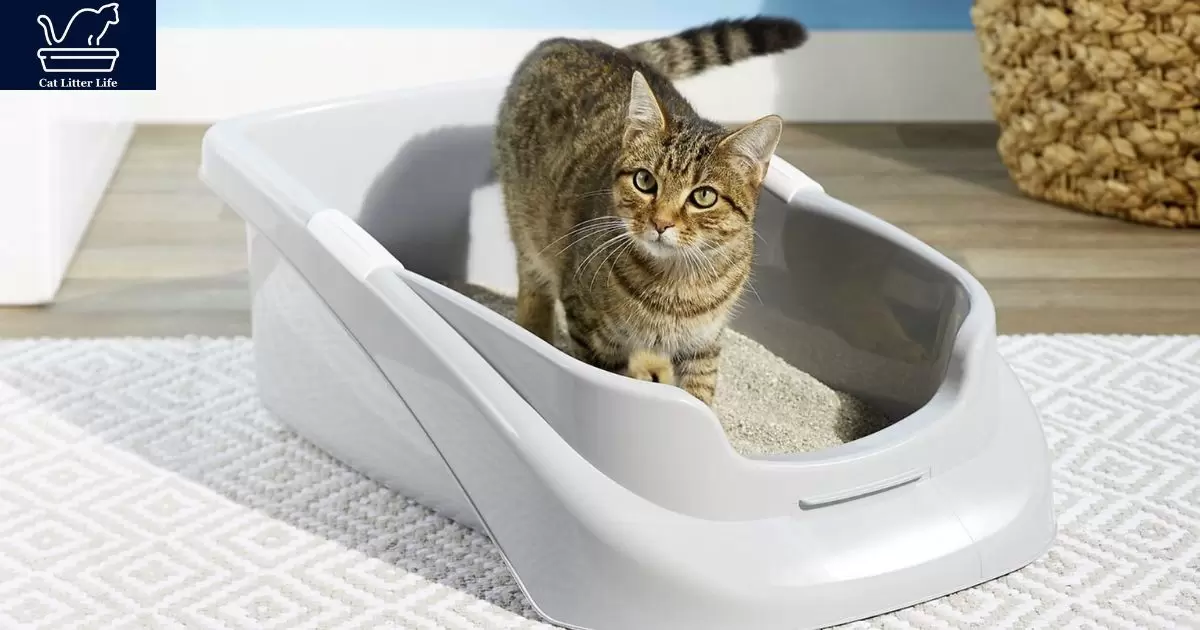Sand makes an inexpensive and readily available cat litter. It absorbs moisture and odors effectively. However, sand particles are larger than commercial litters so may not sift cleanly through a litter box screen. There are also health risks to cats if they ingest sand. Overall, sand can work but may create messier maintenance.
Can I use sand for cat litter? While sand costs less than commercial litter, using sand does come with some drawbacks. The grains are larger than commercial options, so waste clumps may not sift out easily. There are also potential health hazards if cats ingest the sand. With some precautions though, sand can absorb odors.
Sand consists of small rock particles and mineral grains. As an absorbent cloth, it could absorb liquid waste and odors in cat-clutter containers. However, sand grains tend to be larger than commercial cat litter, so waste clumps may not sift through the litter box screen well. There are also risks if cats ingest sand during grooming. With care though, sand can be used.
Sand Particle Size for Cat Litter
Sand grains tend to be larger and more variable in size compared to commercial clumping litters. The coarse texture fails to clump tightly for easy scooping. Large grains also sift through screens, creating waste below the tray. Overall, sand’s particle size causes major litter box headaches.
Since sand particles are larger, urine spreads further before clumping. More sand sticks to waste, increasing disposal. The granules’ size and shape prevent tight clumps that are easy to remove. Sandy’s litter just gets messier over time.
Health Risks of Cats Ingesting Sand
Cats grooming in sandy litter may swallow grains, which can lead to potential health issues. Sand is abrasive and poses a risk of intestinal damage when accumulated in the digestive tract. Additionally, ingesting sand can cause obstruction risks, necessitating veterinary care to clear blockages. Therefore, it’s essential to Train A Cat to use alternative litter materials to mitigate these risks and ensure their well-being.
Intestinal irritation, vomiting, appetite issues, and constipation can onset from eating sand over time. Sand doesn’t pass easily through digestive tracts, accumulating internally. Eventually, life-threatening impactions and obstructions result. Surgery is the only solution.
Managing Odors When Using Sand for Cat Litter
Sand can absorb urine and feces to help control odors in cat litter. However, sand particles are larger than commercial litter. Waste clumps may not sift out easily leading to lingering odors. Overall, sand litters require frequent cleaning and added deodorizers to help control smells.
Regular scooping and full litter changes are key to limiting odors with sand cat litter. The large grains don’t clump tightly so waste is more exposed. Sand also doesn’t contain odor-absorbing ingredients found in commercial litter. Frequent total litter changes combined with deodorizing products help control smells.
Absorbency of Sand for Cat Litter
Sand can soak up moisture well like traditional clay litters. However, the larger grains mean there are fewer particle surfaces to absorb liquids. More moisture remains available to fuel odor-causing bacterial growth. Supplements may help boost sand’s absorbency.
While sand absorbs decently, clumps break apart more readily than commercial litter. More urine stays available for bacterial growth and ammonia production. Stirring sand regularly exposes fresh particles to absorb moisture and limits odor issues.
Cleaning Frequency with Sand Cat Litter
As an inexpensive option, sand litters offset costs through more frequent cleaning needs. Daily scooping of waste clumps is important to limit odor with sand. Fully changing out the litter every 1-2 weeks also helps control smells.
Sand particles don’t clump tightly so more urine stays available to cause odors between changes. Sand also lacks ingredients to neutralize smells like commercial litter. Due to these drawbacks, daily scooping and regular complete litter changes are a must.
Odor Control Litter Additives
Mixing in baking soda can help absorb odors when using sand for cat litter. Natural zeolites like clinoptilolite also absorb ammonia and other odor molecules. Essential oil infusions complement chemical absorbers with fresh masking scents.
The sand itself has a limited ability to neutralize urine odors. Baking soda, zeolites, and essential oils introduce odor-fighting properties. These supplements tackle smells chemically and sensorially. With regular re-application, additives boost sand litter’s efficacy.
Is Sand Cat Litter Messier Than Commercial Litters
Sand grains tend to be larger and heavier than commercial clay or plant-based litter. Scooping waste clumps out of sand can be tricky as the grains may not clump tightly. Sand particles also stick to the box and can be tracked through the home. Overall, sand litters typically require more frequent cleaning.
As the grains are larger than commercial options, sand does not clump waste efficiently. Partially buried feces and loose grains also make thorough scooping difficult. Sand litters thus often allow more waste residue to remain compared to finer particle litters. Frequent changing is needed.
Scooping Difficulties with Sand Cat Litter: How to Effectively Use Sand for Cat Litter
The large grain size of sand causes scooping challenges. Sand does not clump urine and feces as tightly as clay or plant-based litter. The buried waste breaks apart more readily back into loose sand particles with attempted scooping.
As sand does not absorb moisture into granules like commercial litter, the waste sits on top more. The loose sand also does not form a solid clump for clean removal. Scoops tend to leave more residue and partially covered feces behind. Frequent litter changing is required.
Tracking Sand Through the Home
The heavy sand grains also readily stick to cat paws and fur. As cats exit the litter box, the sand particles then fall in trails around the home. Compared to lighter commercial litter, sand tracking can create additional cleaning work.
Sand’s coarse texture also causes it to cling to cat paws more stubbornly. The particles then drop off around the house as the cat jumps up on counters and furniture. Daily vacuuming around the litter area is typically needed to control the mess.
Is Sand Safe for Kittens
Sand grains may cause intestinal blockages if ingested by kittens. The developing digestive tracts of kittens are vulnerable. Monitor litter box use and watch for signs of blockages. Consider alternative litters until kittens are older.
Kittens like to play in and ingest substances out of curiosity. Sand particles could accumulate and cause obstructions. Seek immediate veterinary care if kittens show signs of blockages like vomiting or appetite loss. Delay introducing sand litters.
Risk of Intestinal Blockages in Kittens
The small sand particles can clump together inside a kitten’s digestive tract. This ought to cause probably life-threatening intestinal obstructions. Sand is not a perfect clutter preference for kittens below 6 month’s vintage.
Kittens tend to play with and even eat their litter. The grains of sand could accumulate over time and cause a dangerous blockage. It’s safest to use a different litter for kittens to avoid this hazard.
Monitoring Kittens When Using Sand
Frequently inspect the litter box and watch for signs of sand ingestion. Look for traces of sand around the kitten’s mouth. Monitor appetite and bowel movements closely as well. Check the kitten’s mouth and paws for trapped sand after litter box use. Weigh the risks and provide close supervision. Discontinue sand litter if any signs of intestinal distress appear.
Transitioning Kittens to Sand Litters
When kittens reach 6 months old, slowly mix in small amounts of sand with their current litter. Gradually transition them over a few weeks under strict supervision.
Monitor them closely and adjust ratios slowly. Discontinue if they show interest in eating the sand rather than using it properly. Most kittens over 6 months can transition without issues.
Alternatives to Sand for Cat Litter
Wood pellet litters made from compressed sawdust clump better than sand. They also control odors well. However, pellet dust can be an irritant for some cats. Overall pellet litters offer effective litter box maintenance.
Pine pellet litters provide good clumping and odor control compared to basic sand cat litter. But pellet litter tracking can still be an issue. Pellet litters suit those seeking clumping ability combined with sustainability.
Pellet Litters vs. Sand
Wood pellet cat litters clump tightly to trap odor, unlike loose sand grains. Pellet litters are also more absorbent per volume than sand. However, pellet dust or broken pellets may irritate some cats’ paws. Pellet litters can replace sand for improved clumping.
Compressed wood pellet cat litter is denser than sand so absorbs more urine per scoop. Tighter pellet clumps also control smell better than sand. But pellet litter can be tracked around the home too. Overall pellet litters offer better clumping and odor control.
Walnut Shell vs. Sand Cat Litters
Crushed walnut shells offer better odor control than basic sand litters. Walnut shell litters also clump tightly for easier cleaning. However, shells may be rougher on cats’ paws than smooth sand grains. Those seeking clumping while avoiding clay litter may prefer walnut shells.
Shredded walnut shell clumps well to trap smells, unlike plain sand cat litter. Walnut shells are also more naturally deodorizing. But shells could irritate some cats’ paws more than sand. Overall walnut shell litters provide better clumping and odor control.
Silica Gel Bead Litters Compared to Sand
Silica gel beads in cat litter absorb liquid well to reduce odor, exceeding sand’s ability. Beads also produce little dust compared to fine sand grains. However, beads make loud rattling noises some cats dislike. Those seeking clumping and low dust may prefer silica beads over sand.
Crystal cat litters made from silica gel absorb odors inside beads better than sand. Silica beads also produce very little dust. But some cats dislike the rattling sound of beads. If low dust and odor control are priorities, silica bead litters can replace sand.
FAQ’s
Is sand absorbent enough for cat litter?
Yes, sand effectively soaks up liquid waste and odors. However, it may need to be scooped out more frequently than commercial litter.
Does sand clump for easy cleaning?
No, sand does not clump like clay or other commercial litter. The loose grains make removing waste trickier.
Can sand harm my cat if ingested?
Yes, vets warn that cats ingesting sand regularly risk intestinal blockages or impaction. Sand is not recommended for kittens.
Is sand as messy as cat litter?
Sand can be messier than commercial options since grains stick to paws and are flung out of the box with energetic digging. Litter mats can reduce tracking.
What’s the best sand to use for cat litter?
Inexpensive play sand with finer grains is best. Ensure it’s free of salt, chemicals, parasites, and debris if gathered from outdoor sources.
Conclusion
Sand can work as an alternative cat litter, but it has drawbacks. The grains don’t clump or control odors well. Scooping waste is messier with loose sand. The particles also stick to paws, increasing tracking. However, sand is inexpensive and available. As a natural product, it avoids chemicals in commercial litter.
Overall, sand litter requires more maintenance. The box needs frequent changes to control the smell. Litter mats help reduce scattered grains. Monitoring your Cat’s Health is also advised in case of any sand ingestion. While sand takes more effort, its low cost and safety may still make it worthwhile for some owners. Proper precautions allow sand to substitute for regular litter when needed.
